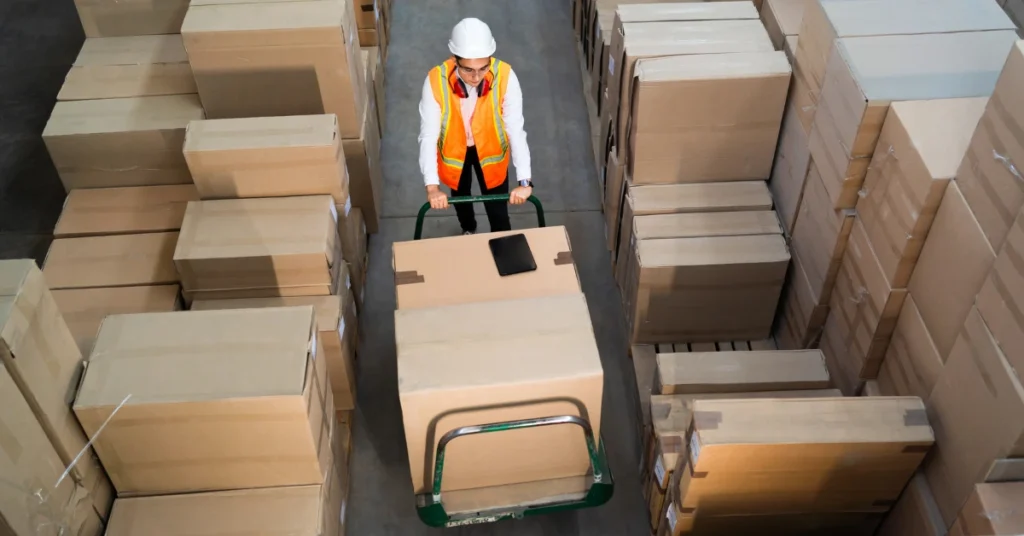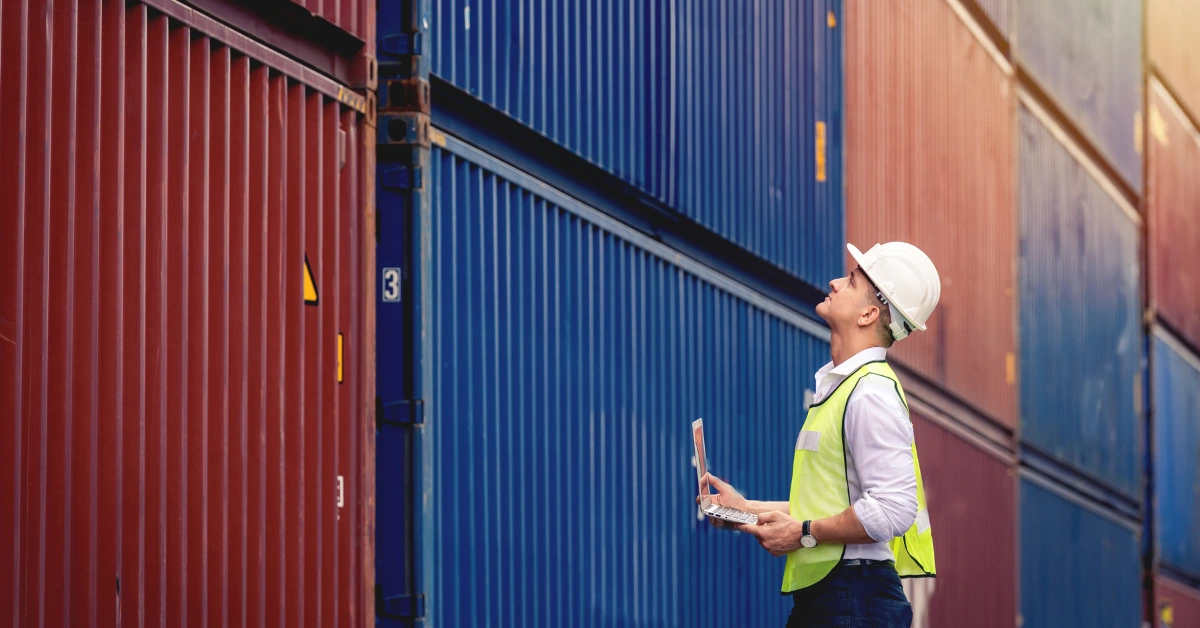When you buy goods in China, whether electronics, textiles or machinery, shipping is not the end of the story. Goods have to clear the customs clearance procedure, which is a crucial stage in international trade, before they land at your doorstep. In this blog, we will take you through all the parts in this process, like what is customs clearance, why it matters and how it ensures a smooth flow of the business between the factory and final delivery.
What Is Customs Clearance?
So, what is customs clearance? In simple terms, it is the formal procedure that customs authorities check, accept, and allow imported laboratory or exported products. This makes it legal, safe and eligible to make payments and taxes.
Why the Customs Clearance Procedure Matters
- Legal compliance: The Government acts to check the compliance of goods with regulations of import and export.
- Duty/ tax collection: Governments collect revenue depending on the values of the products, source and classification
- Risk prevention: This assists in avoiding the entry of items that are prohibited or unsafe.
- Prevention of delays: Following the right process means there is no delay in shipping or penalty.
In short, no customs clearance, no delivery of products.
Step-by-Step Customs Clearance Procedure
The customs clearance process is a mystic one; it can be demystified as below:
1. Prepare Your Documents
Important documents are:
- Commercial Invoice: Contains the value and origin of goods, selling and purchasing information of the people involved
- Packing list: The contents, weight, and dimensions are indicated.
- Bill of Lading /Airway Bill: Transport document by the carrier.
- Certificate of Origin: Shows the place of manufacturing of the product
- Import/Export Licenses or Certificates: They are necessary in case of controlled goods.
- Insurance, Inspection or Fumigation Certificates: Kingsler makes each document final, corrected, and in compliance.
2. Customs Declaration submission
- List HS codes that are essential in assessing duties
- The declaration includes value, weight, origin, destination, as well as affixed documents.
3. Inspection and Risk Analysis
- Customs can do random or focused inspections
- Food, electronics and most high‑risk items will be scrutinised.
4. Tax and Duty Calculation
Customs are used as determinants of total charges:
- Assessed value
- HS rates code
- Nation of origin
- Applicable exemptions or trade agreements
5. Payment
- The one who pays (per Incoterms) is the importer
- Online payment systems or banks, or brokers.
6. Release & Delivery
As soon as payment is made on duties and documentation is checked, goods are released by customs. They are then available to be collected or further shipped.


Tips for a Smooth Customs Clearance Procedure
- Plan in advance: Do prior paperwork.
- Be familiar with laws: Every nation has its laws.
- Use a broker: Don’t analyse problems and work on them alone.
- Have correct HS codes and value: Minimises the danger of fines.
- Take DDP service: Pre-paid duties translate to quicker release.
- Stay Updated: Policies can change- Kingsler will follow the changes and keep you updated.
Why Choose Kingsler?
As one of the best sourcing company in China, Kingsler provides:
- One-stop service: Factory check-up to clearing at customs.
- Local experience: Expertise in Chinese regulations and records.
- Global shipping partners: Trusted carriers and brokers.
- Personal support: We take you through each step.
Faster transit, fewer delays and more cost control give our clients more benefits.
Conclusion
Knowing what the customs clearance process ensures your goods will move within a short period and in a legal manner to China to where they are to be discharged. With Kingsler, you will have a trusted advisor, local expertise and full assistance so that cross-border sourcing becomes free of stress. The time to act is now? Contact Kingsler and allow us to take your customs clearance procedure all the way through the process!
Learn more about Amazon Custom Clearance. Clear the complexities of international trade with Kingsler by your side.
FAQs on Customs Clearance Procedure
How long does the clearance of customs take?
In most cases, in 24-72 hours, but it may take longer in case of inspection or lack of information.
What does customs clearance and customs declaration mean?
The process includes declaration. It is filling in the form. The release and general approval are known as clearance.
Is it possible to do my customs?
It is, yes, but it’s complicated. Errors and delays are minimized through a licensed customs broker, such as those that Kingsler deals with.
Who does the duties?
Normally, it is the importer (buyer) who is responsible, except in cases pointed out in the contract between the two parties.
What happens if my goods are stuck?
It may be either because of documentation or product problems. The causes can be misclassification or loss of papers.
Do I require a Certificate of Origin?
For preferential treatment and/or origin requirements, yes. It assists in lowering trade tariffs.
What does DDP vs. DDU mean?
DDP: Duties Firmware paid by Vendor after Door-to-Door Service.
DDU: Duties unpaid, importer to settle on arrival.
